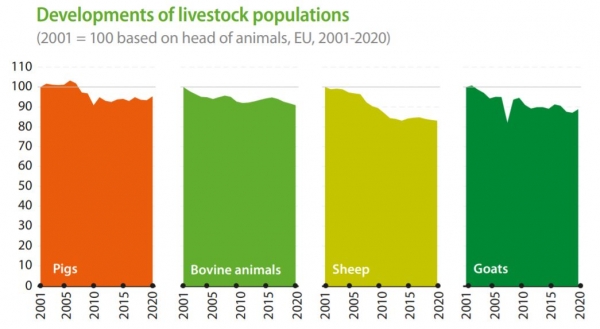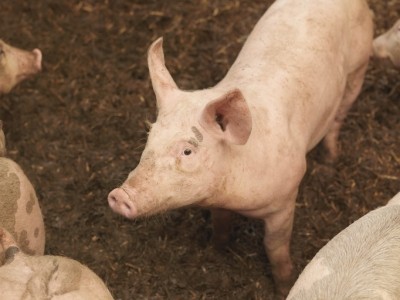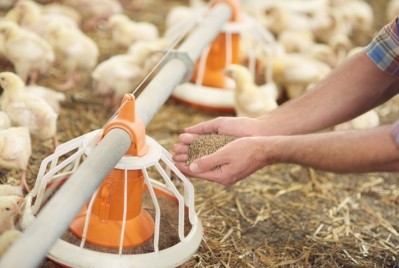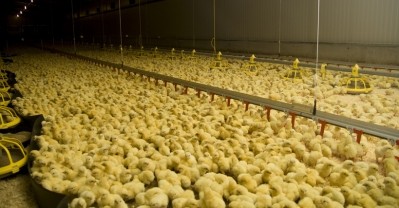Report: 8.9% fall in EU livestock numbers over past 20 years

Between 2001 and 2020, the EU’s total livestock count for pigs, bovine animals, sheep and goats fell by an estimated 8.9%, according to recently released figures.
The largest overall decline, in percentage terms, was recorded for the number of sheep, while the reduction in pig numbers was relatively modest, finds the Eurostat report.
Looking in more detail at developments between 2019 and 2020, the population of pigs in the EU increased by 2.2%, while there was a 0.9% drop in the number of bovine animals, such as cattle or buffaloes.
The EU has a sizeable livestock population: in 2020, there were 146 million head of pigs, 76 million head of bovine animals, and about 75 million head of sheep and goats on EU farms, as per the newly published data.
Additionally, a majority of the EU’s livestock is held in just a few of the EU countries.
Between one fifth and one quarter (23.3%) of the EU’s bovine population was found in France and similar shares of the EU’s pig (22.4%) and sheep (24.8 %) populations were in Spain, reads the report.
Some of the EU countries are relatively specialized in terms of livestock farming. For example, the pubiicaton found Ireland accounted for 8.5% of the EU’s bovine animals in 2020, almost the same level as recorded in Spain, while Denmark had 9.2% of the EU’s pig population, almost the same level as in France.
Livestock density
The livestock density index, calculated as the stock of animals measured in livestock units, per hectare of utilized agricultural area, indicates the highest livestock densities in 2016 among EU member states were recorded in the Netherlands (3.8 livestock units per hectare of utilized agricultural area), Malta (2.9) and Belgium (2.8).
By contrast, livestock farming was relatively extensive in the Baltic member states and Bulgaria, with fewer than 0.30 livestock units per hectare of utilized agricultural area.
An alternative measure of livestock density can be defined as the number of livestock units per livestock farm, noted the publication, and based on this indicator, the average sizes of livestock farms in Denmark (200 livestock units per holding), the Netherlands (185) and Belgium (148) were particularly high.
EU meat output
The data also shows that, in 2020, there were 23 million tons of pig meat produced within the EU. This was considerably more than the estimated level of poultry meat production, 13.6 million tons, which was twice as high as the level of bovine meat production, 6.8 million tons.
During the period from 2004-2020, there was a rapid and relatively uniform increase in the production of poultry meat, with EU production rising overall by 45.6%. The level of pig meat production rose by 9.2%, although most of this growth occurred after 2013 - the growth in pig meat production was achieved despite a falling number of pigs.
By contrast, the report shows the production of bovine meat fell between 2004 and 2013, it rebounded somewhat in 2015 and 2016 but then remained relatively unchanged, with production approximately 10% lower in 2020 than it had been in 2004.
In 2020, slightly more than one fifth (22.2%, or 5.1 million tons) of the EU’s pig meat production came from Germany, with a similar contribution made by Spain (21.7%).
The highest level of poultry meat production was in Poland (19.8% of the EU total, or 2.7 million tons), while Spain (12.6%), France (12.3%), Germany (11.9%) and Italy (10.2%) each recorded double-digit shares of EU production.
More than one fifth of all the EU’s bovine meat production was from France (21%, or 1.4 million tons), with relatively large shares for Germany (16%), Italy (10.7%), Spain (9.9%) and Ireland (9.3%).
Milk, cereals production
In 2020, the production of raw milk on EU farms was 160.1 million tons; this represented an increase of 2.0 million tons (or 1.2%) compared with the previous year, the statistical report indicates.
The vast majority of raw milk production in the EU is delivered to dairies; only 10.6 million tons were used on farms, being consumed by the farmer’s family, sold directly to consumers, used as feed or processed directly.
The publication also reveals, based on a limited set of information for 19 EU members states in 2019, that an overall majority of the cereals consumed in the EU were used for animal feed, with the next highest share (close to 30%) for human consumption; a small quantity of cereals were used as biofuels.











